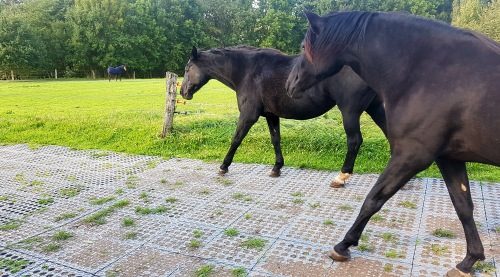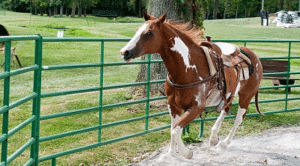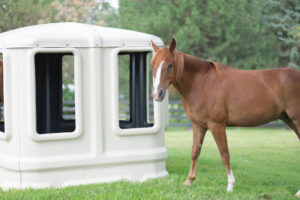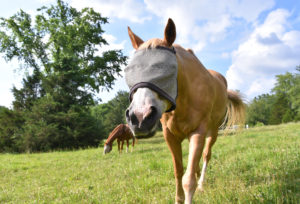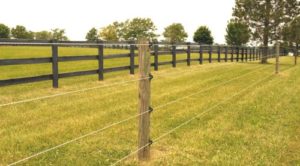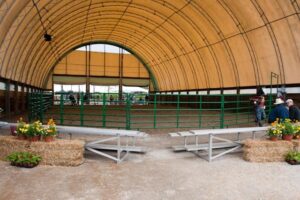
The Unsung Harrow
By Lisa Kiley, May 2025
The Overlooked Workhorse of the Farm
While there are a lot of different pieces of equipment needed to keep a horse farm in tip-top condition, the harrow is often overlooked for all the good it can do from the arena to the pasture. A harrow can be used in all four seasons of the year, but spring is probably where it can be put to work the most and earn its position as an investment that gives you the most bang for your buck. Easy to use and convenient to store, once you get one, you may wonder why you didn’t sooner.
Spring is the Prime Season for Harrowing
In the spring, harrowing pastures can help matted grass to stand up which will allow for quicker growth of new grass. Moving leaf patches that were missed in the fall will also encourage growth. This type of activity allows for better air circulation, water distribution and nitrogen penetration to the roots. When crossing over the fields, organic matter will also be evenly dispersed into the soil which will stimulate growth, making pastures stronger earlier in the season and increase the number of days horses can be turned out to graze, helping to save on the cost of hay and feed.

Choosing the Right Tow Vehicle
One thing to be mindful of is the vehicle you are using to tow your harrow. If you are using a larger tractor, you may have to wait until later in the spring to do your first harrow so that you don’t tear up the ground with the wheels of the tractor. However, if you are using an ATV, you can usually get out on the pastures earlier in March without having more of a negative impact than a positive one. The harrow should be wider than the wheelbase of the vehicle you are using to tow to avoid leaving tire marks in the arena or pasture. The larger the harrow, the less time you will spend on your pasture and arena maintenance throughout the season.
What to Look for in a Quality Harrow
All harrows are not created equally, so you will want to look for a unit that provide some of the following attributes: The tines should be designed in such a way that the tines don’t spread apart in the center allowing the area you are working on to be surfaced without clogging or bunching. The harrow should follow the contour of the ground which will provide maximum coverage. The more tines on the harrow, the more effective the harrow will be. Multiple position tines permit higher operating speeds without skipping, jumping, or skimming the surface. Both sides of the unit can be used depending on the application, with one side being more ‘aggressive’ allowing the tines to go deeper into the ground and the flip side less so, this makes it flexible for a variety of conditions.
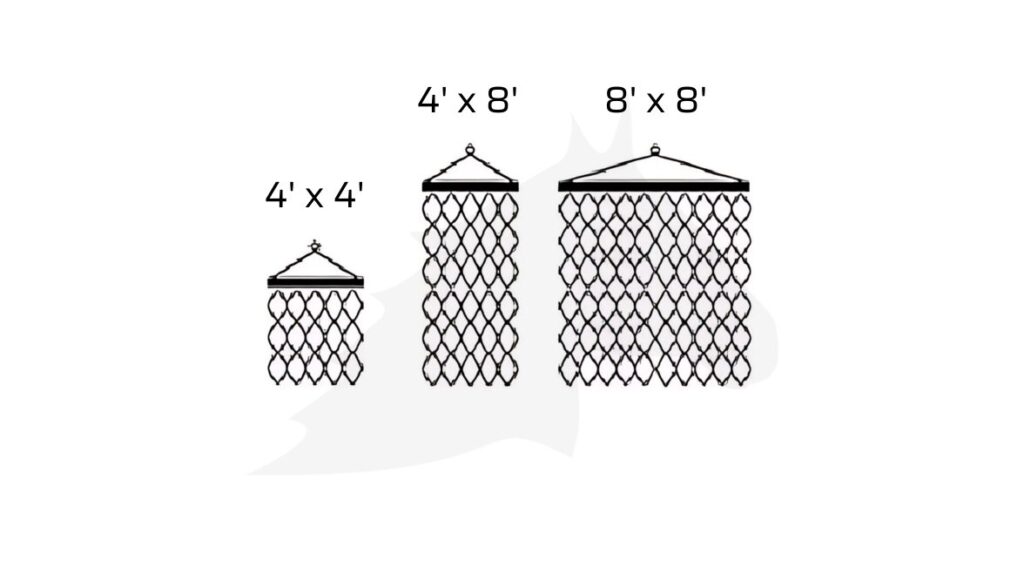
Finding the Right Size for Your Farm
Harrows come in several different sizes and you will need to know what width and length work best for your purposes. Starting at 4’ long x 4’ wide, this size harrow is perfect for small jobs, but you will want something larger if you have a lot of area to cover, or it will take way too long to get the job done. Large harrows can be 8’ long and up to 14’ wide, but these will typically need a good size tractor to tow them and can be too cumbersome for daily small farm usage. An 8’ long x 8’ wide is a great mid-size length for home farm use. If you do have a larger harrow, adding a 3-point hitch so that it can be picked up as you move it from one area to another can be an upgrade you might want to consider.
Manure Management Made Easy
As you get further into the season, harrows are great for breaking up manure piles in pastures. When manure piles sit in pastures, they can cause bare patches in the grass and can lead to weeds taking over those areas. Manure piles can also harbor fly larva and parasites. Distributing the manure will help with fly management and help keep your parasite load under control by exposing them to the heat and sunlight. Even with regular pasture management, you should always consult with your veterinarian to set up the best parasite control program for your horses.
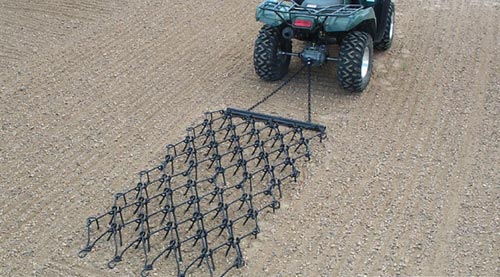
Harrowing Through the Summer
In the summer, harrowing can help stimulate grass growth during otherwise dormant times. It can also be helpful to harrow before you mow so that you can pick up growth that has been trampled down. However, harrowing over weeds can have the unintended consequence of spreading weed seeds. It is worthwhile to have weed management practices in place if you are going to do routine harrowing so that you don’t ruin your pasture by encouraging weed growth inadvertently.
Beyond the Pasture: A Year-Round Asset
Outside of the pasture, the harrow can be used to smooth out drives and walkways and work both indoor and outdoor arenas. In the fall, harrows are great tools for shredding dry leaves and dethatching. In the winter, they can be used to break up ice and iced over snow creating safer paths around your home and barn. There are limitless opportunities to use this handy implement to improve the grounds of your farm, arenas, and pastures. They are quite an economical investment and come in handy any time of year, but they can really make the biggest impact on pasture management in the spring and summer.






